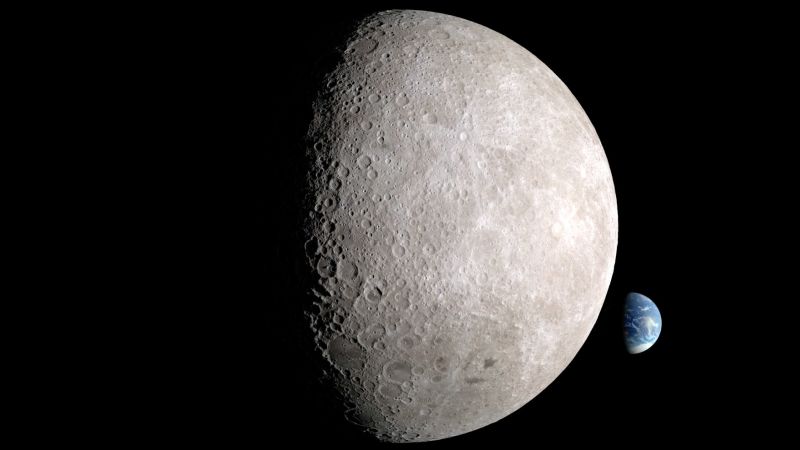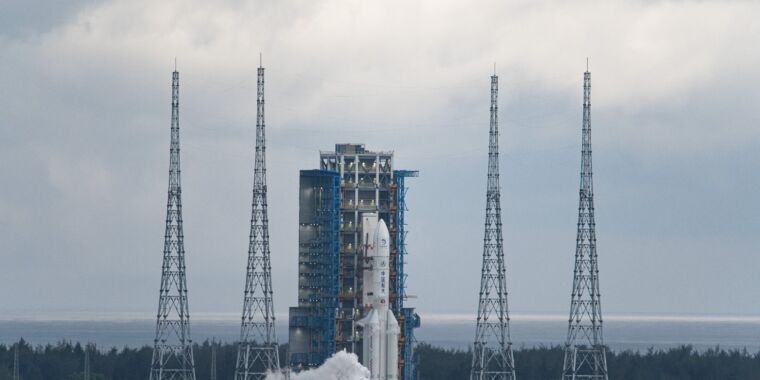
China's Chang'e-6 Mission to the Far Side of the Moon: A New Frontier in Space Exploration
On May 3, 2024, China launched its latest lunar mission, Chang'e-6, marking its third successful lunar exploration in six years. The mission aims to bring back samples from the far side of the moon for scientific study.
The far side of the moon is distinct from the near side and has a thicker crust, more craters, and fewer maria. Despite its significance, no one has been able to collect samples from this part of the lunar surface until now.
Chang'e-6 is China's largest rocket yet, with a combined mass of about 8 metric tons. It consists of an orbiter, lander, ascend vehicle, and a return spacecraft named Chang'e-6. The mission plans to collect approximately 2 kg (4.4 pounds) of rocks from the lunar far side within a month.
The launch marks China's continued advancement in space exploration and its commitment to scientific discovery. It also highlights NASA's absence from lunar missions in recent decades, raising questions about the US space agency's priorities and capabilities.
China is not alone in its lunar ambitions. NASA has announced plans for a new Artemis program, which aims to return humans to the Moon by 2024. However, it remains unclear whether NASA will focus on collecting samples from the far side of the moon or prioritize other objectives.
The Chang'e-6 mission is significant not only for its scientific value but also for its potential implications in space exploration and international cooperation. As China continues to push boundaries in space, it sets an example for other countries to follow suit and contribute to our collective understanding of the universe.
Sources:
- CNN - The lunar far side is wildly different from what we see. Scientists want to know why
- NYTimes - China Launches Spacecraft to the Far Side of the Moon
- Ars Technica - NASA hasn't landed on the Moon in decades—China just sent its third lunar mission in six years


